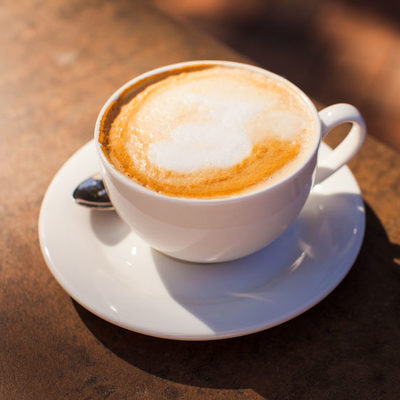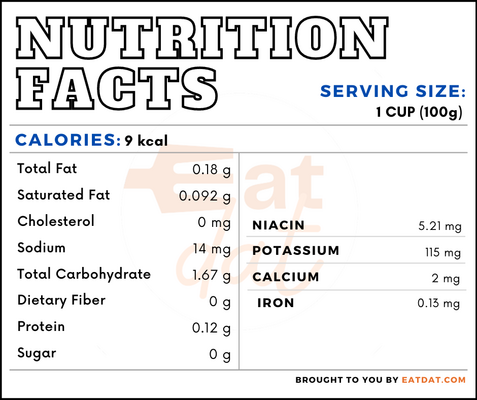
Espresso
What is an Espresso?
Espresso is a coffee-based drink that is served in a concentrated form in shots. The drink is made in an espresso machine, which works by pushing hot water through finely ground coffee beans.
- This results in a very strong coffee with a rich froth at the top. It contains a very high level of caffeine, approximately 29-100 mg per shot, and is thicker and creamier in texture.
- Usually, very dark roast beans are used to prepare it.
This is used to make other coffee beverages such as:
- Cappuccino
- Latte
- Mocha
- Americano
- Café Bombon
- Café Crème
Espresso origin
While coffee drinking originated in the Middle East sometime in the 15th century, it had already become very popular in Europe by the 19th century. However, brewing was a long and tiresome process and European inventors tried to find a way around it. Many machines were invented but the espresso machine we know today was first invented in Italy by Angelo Moriondo of Turin, Italy. He received the patent for it in 1884.
Luigi Bezzerra and Desiderio Pavoni later developed on this machine. Bezzera invented the espresso shot in 1901 and made some improvements on this machine. In 1903, Pavoni had bought the rights from Bezzerra and made further enhancements to the design, notably the addition of the pressure release valve. The two men worked together and introduced it at the 1906 Milan Fair under the name of cafeé espresso.
Espresso bars began to mushroom in Italy where it is served along with snacks. The English-speaking world, which drank coffee with milk, adopted this drink with beverages like cappuccino, latte, etc.
Today, coffee is very popular around the world and a number of coffee brands have mushroomed up, the main ones being:
- Starbucks
- Costa Coffee
- Dunkin Donuts
- McCafe
- Tim Hortons
- Gloria Jeans
- Nescafe
- Maxwell House
- Folgers
- Lavazza
- Bru Coffee
- Peets Coffee
- Caribou Coffee
Nutrition
One cup of espresso contains:

It contains a high level of caffeine. It provides an instant buzz, which promotes physical and mental alertness. High doses of caffeine, however, can lead to heart problems as well as palpitations, high blood pressure, irregular heart rate, heart attacks, etc. However, research suggests that caffeine might be able to protect against mental illnesses such as dementia and Alzheimer’s. Regular caffeine intake might improve erectile dysfunction as well. This drink tends to contain overall less caffeine than regular coffee since it is served in shots.
Espresso also contains high levels of antioxidants, which help in preventing certain types of cancer and regulate insulin levels. To retain the benefits and prevent the problems, coffee intake must not exceed 3 to 4 espresso shots per day.
Espresso recipes
This drink must be made in a very specific way with precise measurements.
There are other recipes that can be made with this.
FDA regulations
The USDA regulates the production of coffee beans. It is also involved in the import of coffee from other coffee producing countries. Some aspects of the processing of coffee beans come under the purview of the FDA regulations. The processing of green coffee beans, such as roasting, grinding, packaging, etc. are strictly regulated. These products are also checked to ensure they do not contain allergens or pose a health hazard.
References
Jimmy Stamp, The Long History of the Espresso Machine, Smithsonian Magazine https://www.smithsonianmag.com/arts-culture/the-long-history-of-the-espresso-machine-126012814/
Harvard Health Publishing, Harvard Medical School
https://www.health.harvard.edu/staying-healthy/the-buzz-about-caffeine-and-health
